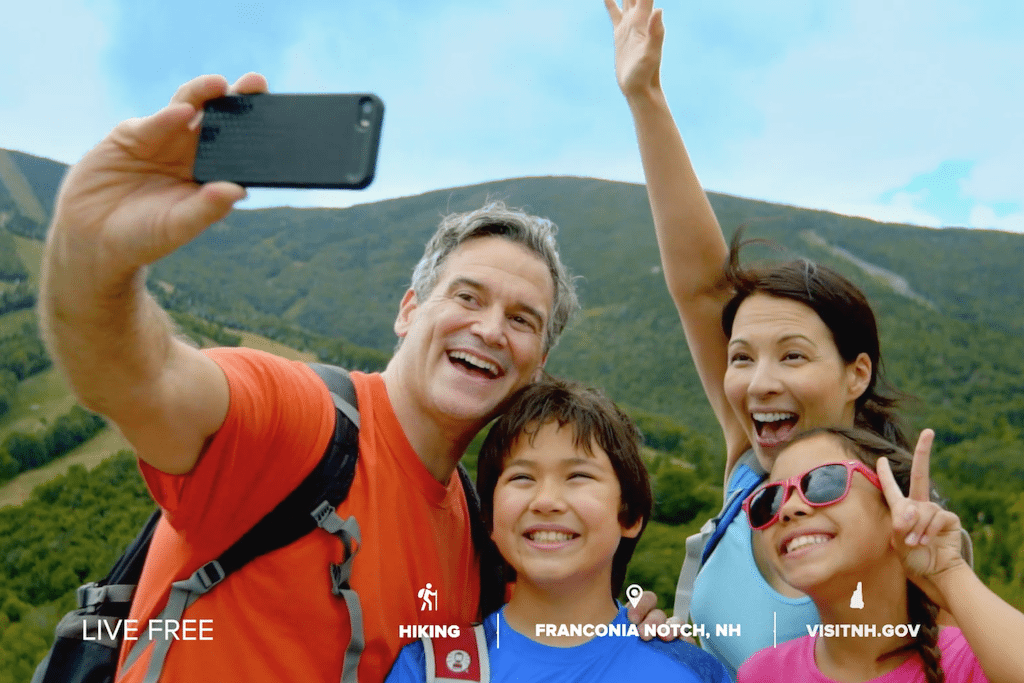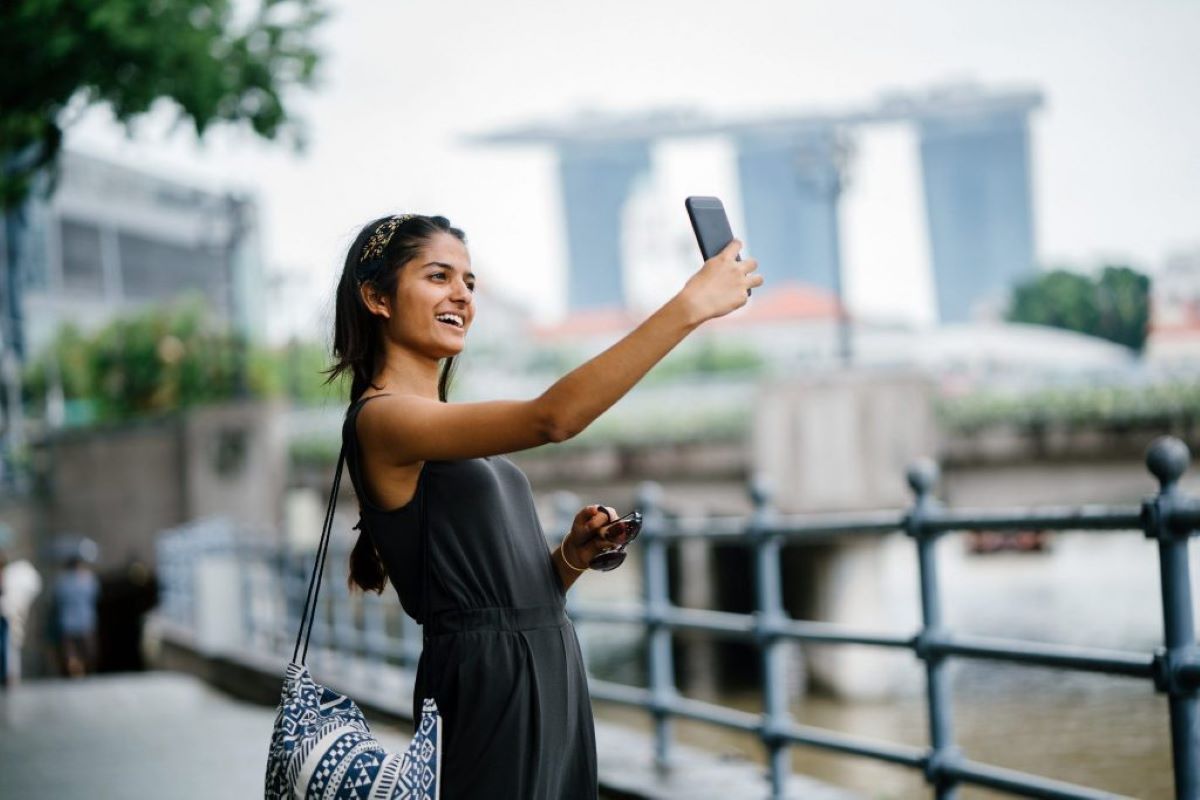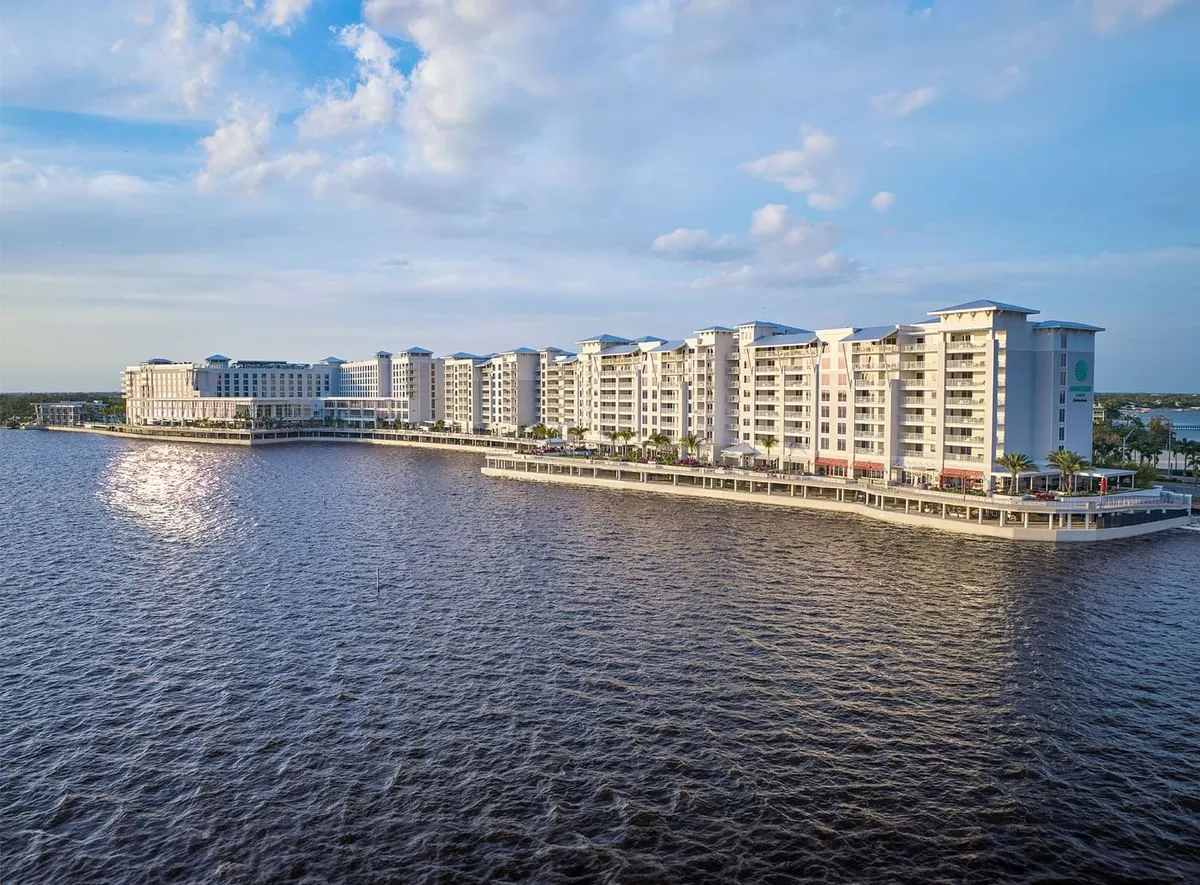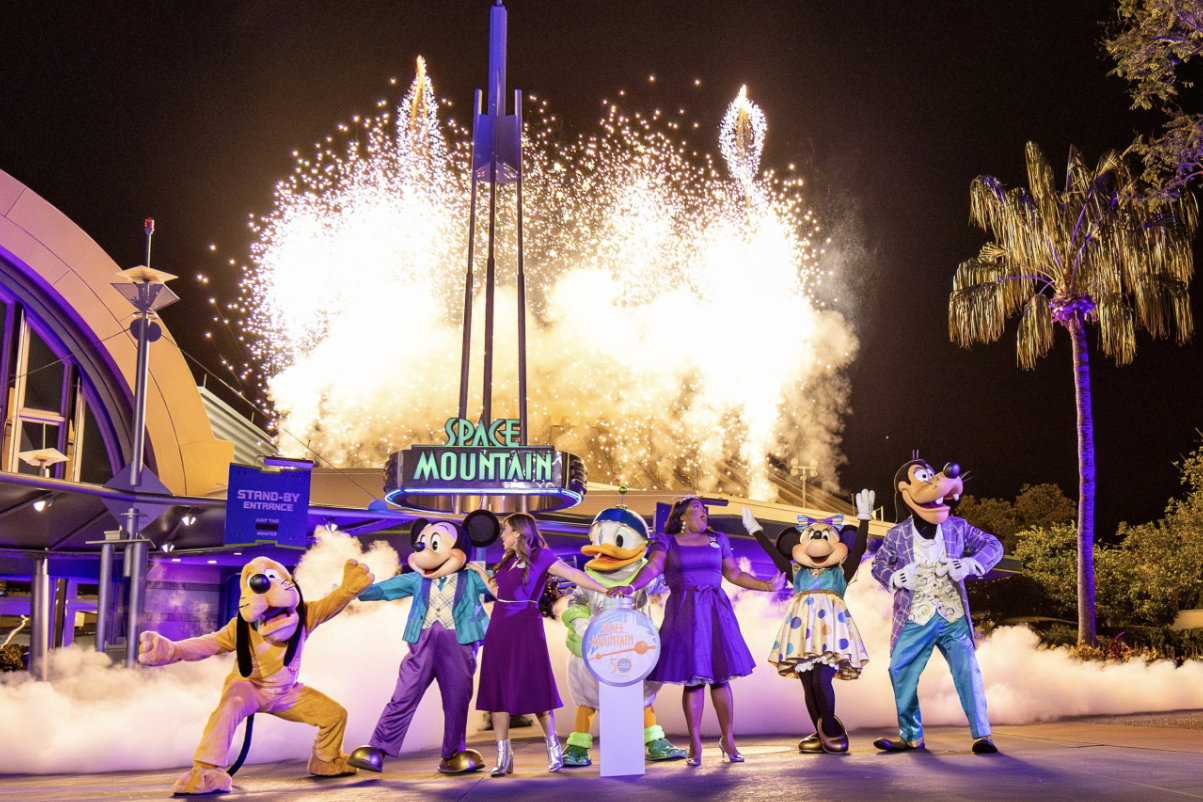Tourism Boards Used New Platforms to Woo Connected Travelers in 2017

Skift Take
From Facebook advertising to 360-degrees photos and video to outfitting visitor centers with more interactive exhibits and devices, 2017 was a year of experimentation and growth for tourism boards learning new platforms and technology.
As quasi-governmental organizations that often have a lot of red tape to cut through, tourism boards have been stereotyped as not driving as much innovation as other travel industry sectors such as booking sites or hotel chains.
But that reputation is slowly eroding as more destination marketers accept that new technology is one of the only ways they can stay relevant in an era when travelers have more resources at their fingertips than just a tourism website.
Tourism boards also have unique challenges when it comes to testing new technology on consumers. Destination marketers don't have a product in the way that hotels and airlines have buildings and planes, nor do they have loyalty programs.
Despite those challenges, many destination marketers have become technology trailblazers and have become models of how developing more public-private partnerships can spur innovation.
Here’s a look at what tourism boards were saying about various kinds of technology in 2017, and what to pay attention to in 2018.
Launching Mobile Apps
Atlanta's Convention & Visitor's Bureau launched its Discover Atlanta mobile app in November, but not because anyone was asking for one, said Andrew Wilson, its executive vice president and chief marketing officer.
Wilson said he'd been fundamentally against tourism board apps for some time. "People aren’t looking to install an app for one destination for one trip," he said. "However, technology has evolved. We started off with the meeting planner in mind but not only the meeting planner. We want to provide each meeting planner in Atlanta a customized experience for their attendees."
Tourism boards need to think hard about how they use technology, said Wilson. "We can’t be in the game of competing with Google, Yelp, and TripAdvisor," he said. "We need to add value beyond those services. This app gives us the agility to pump out the right kind of content to not compete but fill in those gaps with those other platforms."
The app shows travelers special promotions, insider guides to Atlanta's neighborhoods and nearby dining options, for example. Helping a group plan a girlfriend getaway weekend is one niche, said Wilson. "It remains to be seen if consumers will be flocking to these kinds of products, but in the interim, this is how we’ll be serving the convention attendee," he said. "We can alert people to an ice storm or power outage and use the app to get messages to people in a timely fashion."
Wilson said the app had about 7,500 installs mainly from locals and leisure travelers during its pilot phase and the tourism board plans to roll it out to meeting planners early this year.
While meeting planners eventually will be the app's primary target, the organization understands the needs of local residents. More than half of the tourism board's website traffic comes from the local community, Wilson said.
"When you install the app, you choose if you’re a local, visitor, or meeting attendee and we send out deep links which allow the app to know who’s installing it," he said. "It allows us to see who’s accessing what type of content. So far, locals are really consuming content about what to do this weekend and nightlife on the app."
Using Big Data
Turismo de Portugal, Portugal's national destination marketing organization, said maximizing Big Data's potential will be key to managing overtourism.
But Sérgio Guerreiro, director of knowledge management and corporate affairs at Turismo de Portugal, also said Big Data isn’t the only answer to creating smart tourism growth strategies.
“We have a national, broader perspective, but then decision-making is more local,” said Guerreiro. “There’s been no framework until now with how to deal with pressure at the local level. That broad, national plan gave us the idea to start working with startups all over the country to understand how technology can be an enabler in terms of generating new sources of information."
Social Media as a Crisis Response Tool
Last year was filled with examples of tourism boards that had to respond to natural disasters, and many were faced with extreme weather or disasters. But they had new tools – namely social media – that weren't around during previous extreme weather events. They used social media to respond to travelers' questions and convey updates on which attractions and hotels were affected.
The Greater Miami Convention & Visitors Bureau kept active on its social channels during Hurricane Irma in September and had time to tell travelers about the storm and how local hotels and attractions were preparing.
“Technology was the bane and beauty of all this,” said Rolando Aedo, chief marketing officer of the Greater Miami Convention & Visitors Bureau. “As good as we’ve become with technology and predictions, hurricane tracks still change.”
Technology Companies as Partners
At Skift Global Forum in September, Tourism Australia CMO Lisa Ronson acknowledged many tourism boards don't have big budgets to work with when integrating new technology into their strategies.
Tourism boards also need to justify money they spend on platforms and how that will benefit their local economies. “We have to be really mindful that everything we do influences the economic impact back on Australia,” said Ronson. “For us, it’s about doing fewer, bigger, better partnerships, whether it’s with media owners or technology companies because, for us, the partnership component is a really, really big part of it.”
“It’s about having a deeper partnership to work more strategically together to capture additional value outside of that transaction,” Ronson added.
Marketing Local Tech Industries
Besides marketing to travelers, many tourism boards are also working to persuade tech companies and skilled workers that their destination is the ideal location for a company's headquarters and a great place to live and work.
Orlando, Florida is one destination trying to get that message out but it must contend with its theme park reputation. “It’s a little bit of a detriment for us on the business side of things because when you’re thought of just as a vacation capital, people don’t realize that your tech industry is actually 20 or 30 years older than your tourism industry,” said Orlando Mayor Buddy Dyer. “It makes it a more difficult challenge to attract business and to attract millennials that you want to have in the community.”
Helsinki, Finland has also embraced its tech community and has used it to its advantage as it builds its presence on platforms like WeChat.
Visitor Centers Keeping a Pulse With New Tech
Recently, Visit Scotland announced it's closing two-thirds of its visitor centers in the coming years due to decline in foot traffic. Instead, it's trying other strategies. The organization hosted a pop-up visitor center in London in October to show travelers Instagram photos of Scotland to inspire them to visit and to test how people responded to a mobile visitor center concept.
However, Skift spoke to Discover Los Angeles about its strategy and found nearly the opposite – the organization is expanding its number of visitor centers because of their popularity and the tech and resources available at different locations.
Tourism Websites as Tech Labs
Destinations know their websites aren't the only digital trip-planning option anymore, so they are increasingly using their sites to test which marketing strategies and campaigns stick and which fizzle out.
In August, Skift looked at the world's 25 best tourism websites and found a variety of ways destinations used their websites in 2017 but one of the overarching themes was experimentation.
“Our site gives us an idea of what travelers are interested in," said Stephen England-Hall, CEO of Tourism New Zealand. "It’s less about an individual traveler’s interest and more about the blob of individuals that visit our site and what they’re like.”
Still Early For 360-Degree Videos
Travelers saw more 360-degree photos and videos on their social media news feeds in 2017 and much of that content required a significant amount of resources and manpower. Many destinations aren't convinced these videos actually get travelers to book trips, but some are still trying them.
Destination British Columbia said its 360-degree videos tend to be longer than traditional videos which average 30 seconds to one minute. “Part of that is the user experience needs to be longer so that you have a moment to glance around you to see what’s happening because there’s still a learning curve with the technology,” Janice Fraser, managing editor of Destination British Columbia.
Atlanta's visitors' bureau created a 360-degree tour of the city on its website and launched a companion mobile app in 2016. Wilson said the 360-degree experience has helped energize the tourism board's sales department at trade shows.
"We've built an entire content management system around our 360 platform," said Wilson. "When we take meeting planners on tours of the convention center and surrounding areas, sometimes that's a lot to take in. What we can do after is send them a link to our 360 platform and recreate the tour they just did."
Tourism Boards Test out Facebook Ads
As one of the largest platforms in the world that allows businesses to target specific demographics and populations, Facebook is one of the safest bets tourism boards can make.
Many travel brands boosted their Facebook advertising in 2017 and while Facebook's ad analytics and targeting have been criticized, Facebook remains one of the world's largest platforms where travelers already share many of their trip photos and recommendations.
Tourisme Montreal ran a marketing campaign on Facebook in 2017 that featured William Shatner and celebrated the city's 375th anniversary. “Often we spend a lot of money on millennials and that’s great, but [now] we’re also trying to appeal to the 40, 50 and 60-plus travelers,” said Yves Lalumière, Tourisme Montreal’s president and CEO. “We find millennials will spend more on food and beverage and older travelers will spend more on hotels, concerts, and museums.”




